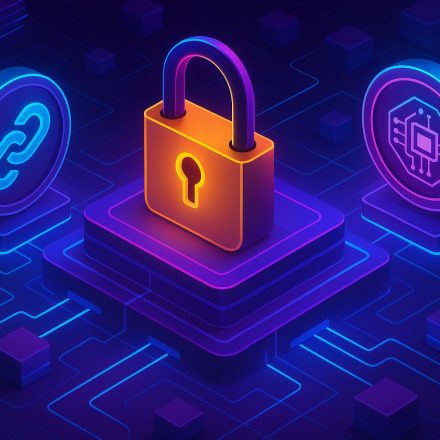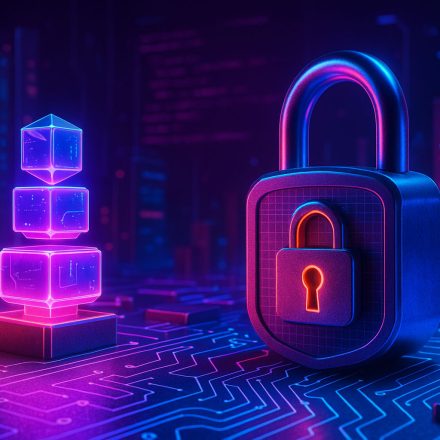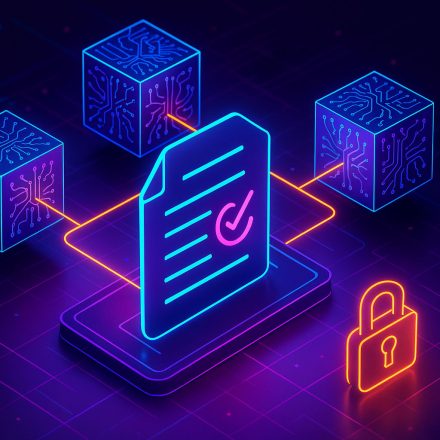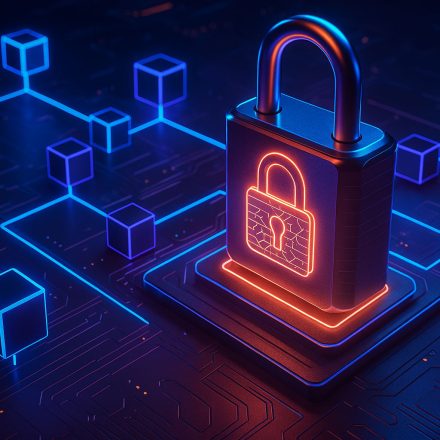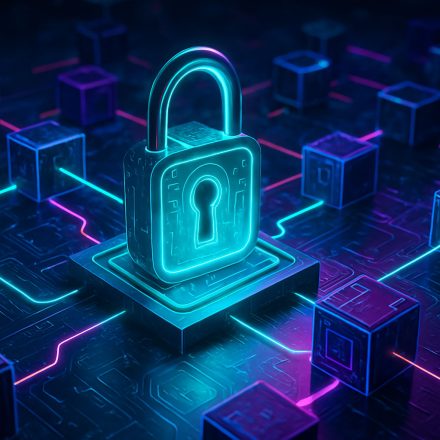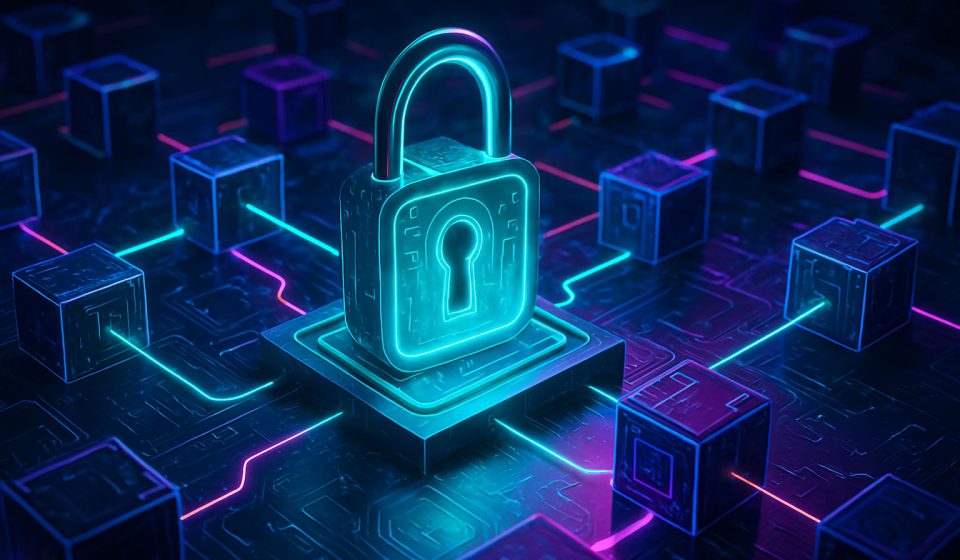
🔐 What Is Blockchain Security? A Beginner’s Guide
What is blockchain security and why is it one of the most important aspects of decentralized technology? As blockchain adoption grows, so do the risks — from smart contract bugs to wallet thefts and network attacks.
Table Of Content
In this beginner-friendly guide, we’ll explain the fundamentals of blockchain security, the threats users and developers face, and how these systems stay secure without central control.
At BlockchainInsights.org, we simplify complex topics to help you understand blockchain — one concept at a time.
🛡️ What Is Blockchain Security?
Blockchain security refers to the methods, tools, and principles used to protect blockchain systems, applications, assets, and users from malicious behavior and vulnerabilities.
Unlike traditional systems, blockchains operate without centralized oversight. That means their security must be built into the code, consensus mechanisms, and cryptography from the start.
Security in blockchain involves multiple layers:
- Protecting the network (nodes and consensus)
- Securing smart contracts
- Safeguarding wallets and private keys
- Preventing user-focused attacks (like phishing or social engineering)
Understanding what is blockchain security starts with knowing that no system is 100% safe — but blockchains use some of the most advanced defenses in modern computing.
⚙️ How Blockchain Networks Stay Secure
The architecture of a blockchain plays a huge role in its security:
1. Decentralization
Data is distributed across thousands of computers (nodes), which prevents single points of failure. No one person or server controls the network.
2. Consensus Mechanisms
Networks like Bitcoin use Proof of Work (PoW), and Ethereum now uses Proof of Stake (PoS). These mechanisms ensure that only valid transactions are added to the chain.
3. Immutability
Once a transaction is confirmed, it can’t be changed. This prevents tampering or revision of transaction history.
4. Transparency
All blockchain activity is publicly recorded, allowing anyone to audit transactions and verify integrity.
🔓 Common Blockchain Security Risks
Understanding what is blockchain security also means knowing the threats. Here are some of the most common risks:
- Smart Contract Bugs: Code errors can be exploited by attackers. Once deployed, smart contracts are difficult to fix.
- 51% Attacks: If a single party controls more than half the network’s computing power or stake, they could manipulate transactions.
- Phishing Attacks: Fake websites and messages trick users into giving up wallet credentials.
- Rug Pulls: Developers abandon a project after raising funds, leaving investors with worthless tokens.
- Wallet Hacks: Poor security or compromised devices can result in loss of assets.
🧰 Tools and Best Practices
Security isn’t just a developer issue — users and teams can take action too.
For users:
- Use hardware wallets or trusted apps like MetaMask or Trust Wallet
- Never share your private key or seed phrase
- Double-check URLs and always use official sites
- Enable two-factor authentication (2FA) on exchanges
For developers:
- Audit smart contracts before deployment
- Use tools like OpenZeppelin, MythX, and Slither
- Test thoroughly with platforms like Hardhat or Foundry
- Keep dependencies and libraries updated
If you’re curious about wallet safety, read:
“How to Secure Your Crypto Wallet and Avoid Scams” (coming soon)
📚 Real-World Examples of Blockchain Security Breaches
Blockchain security is constantly tested — and sometimes, breached:
- The DAO Hack (2016): $60M stolen due to a smart contract flaw on Ethereum
- Poly Network Hack (2021): Over $600M stolen and later returned
- Ronin Bridge Exploit (2022): Axie Infinity’s bridge lost over $600M due to compromised validator nodes
These events show the importance of audits, decentralization, and layered defenses.
🔗 Learn More
If you want to go deeper into the mechanics of secure blockchains, check out:
“How Blockchain Works: A Simple Guide for Beginners”
https://blockchaininsights.org/how-blockchain-works
Other helpful resources:
- https://ethereum.org/en/developers/docs/security/
- https://consensys.net/diligence/tools/
- https://chainsecurity.com
📝 Final Thoughts
So, what is blockchain security? It’s a combination of cryptography, decentralization, code integrity, and best practices — all working together to protect digital assets and users.
Blockchain may be one of the most secure technologies ever created, but it’s not immune to risk. By learning how security works, you’ll be better prepared to interact safely in the crypto world.
At BlockchainInsights.org, we’ll keep guiding you through the world of Web3, one secure step at a time.









